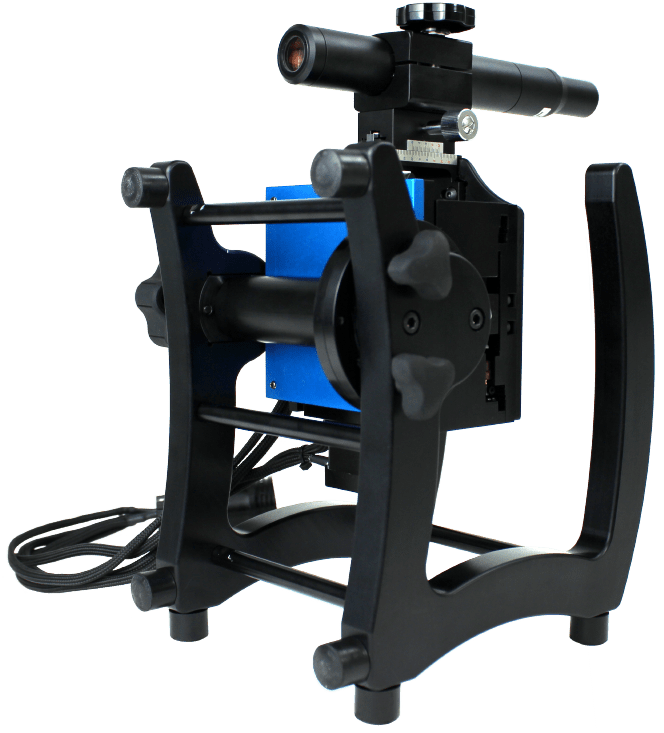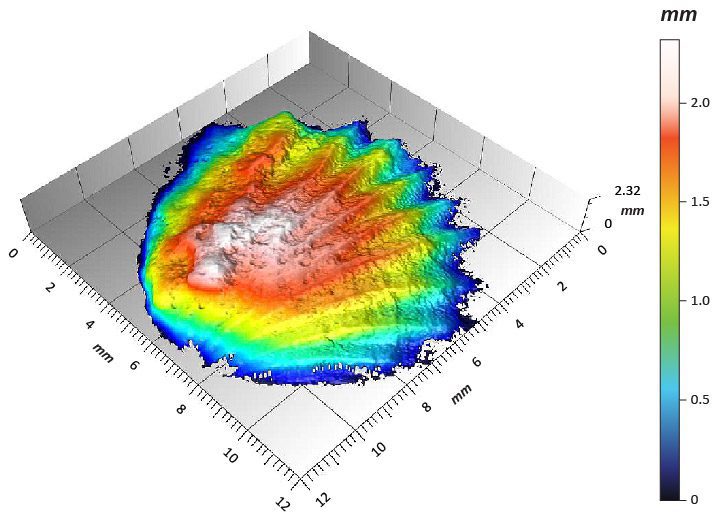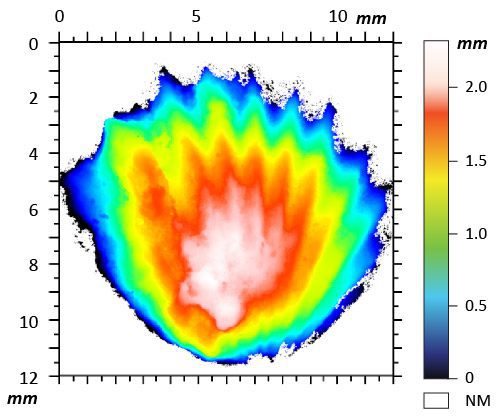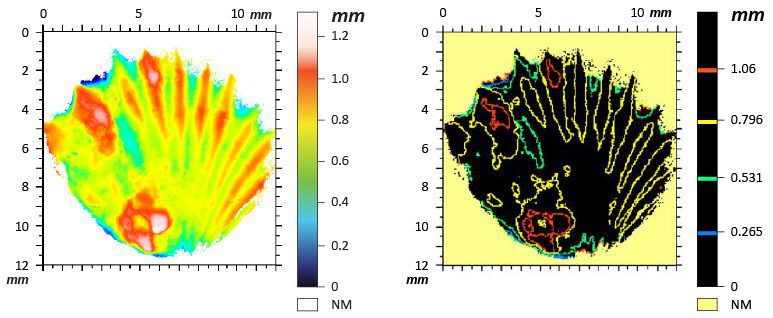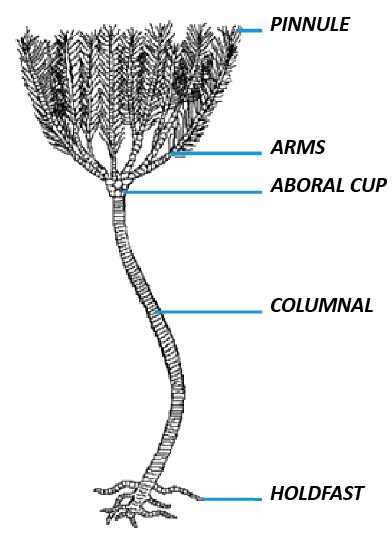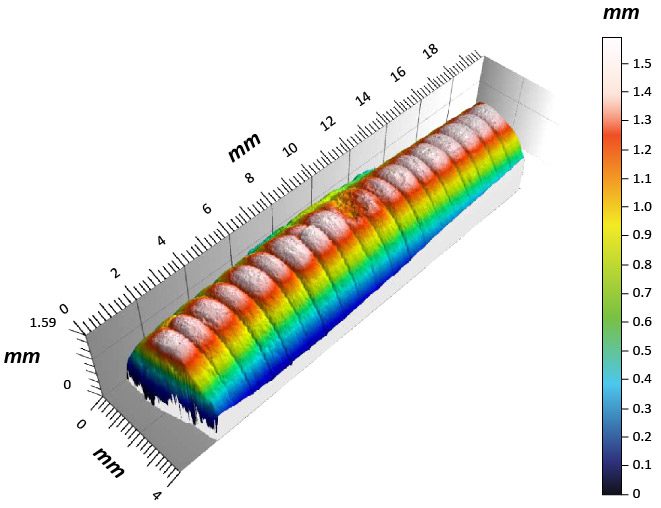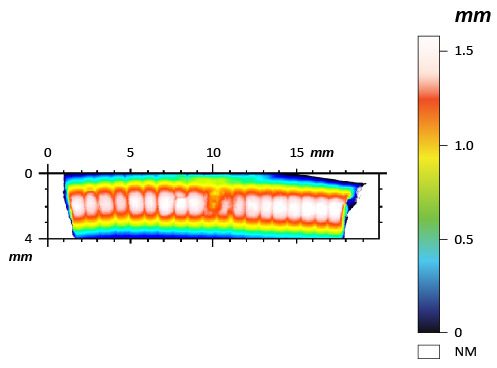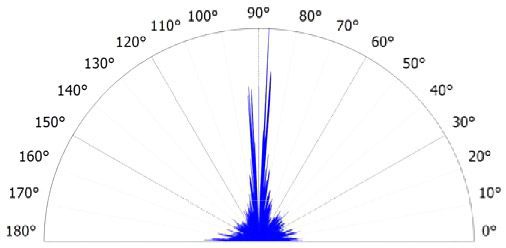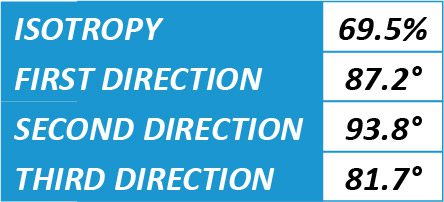INTRODUCTION
Fossils are the preserved remains of traces of plants, animals and other organisms buried in sediment under ancient seas, lakes and rivers. The soft body tissue usually decays after death, but the hard shells, bones and teeth fossilize. Microstructure surface features are often preserved when mineral replacement of the original shells and bones takes place, which provides an insight into the evolution of weather and the formation mechanism of fossils.
IMPORTANCE OF A 3D NON-CONTACT PROFILOMETER FOR FOSSIL EXAMINATION
3D profiles of the fossil enable us to observe the detailed surface features of the fossil sample from a closer angle. The high resolution and accuracy of the NANOVEA profilometer may not be discernible by the naked eye. The profilometer’s analysis software offers a wide range of studies applicable to these unique surfaces. Unlike other techniques such as touch probes, the NANOVEA 3D Non-Contact Profilometer measures the surface features without touching the sample. This allows for the preservation of the true surface features of certain delicate fossil samples. Moreover, the portable model Jr25 profilometer enables 3D measurement on fossil sites, which substantially facilitates fossil analysis and protection after excavation.


